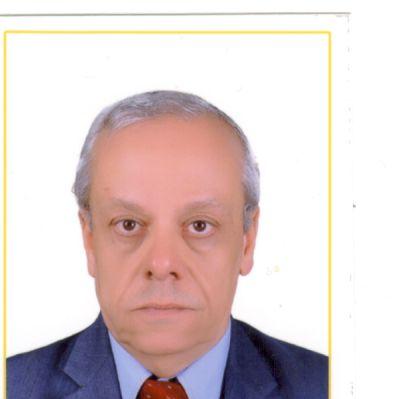Androgenetic alopecia (AGA) is the result of progressive, patterned hair loss that occurs when genetically predisposed individuals are exposed to androgens. The psychosocial impact of AGA may negatively affect patient's quality of life and can lead to personal social and job• related problems (I). Also; AGA can cause indirect physical harm to some patients, such as sunburn as a result of hair loss and exposure to ultraviolet light <2). Moreover; AGA is reportedly associated with increased incidence of myocardial infarction, hypertension and hypercholesterolemia <3l.
Drug therapies for AGA approved by the FDA are limited to topical minoxidil and oral FIN with efficacy varies between 40% and 60% <4l. Multiple factors are implicated in the pathogenesis of AGA which involves not only DHT but also inflammation, genes, signalling pathway, stimulatory pathways like Wnt/B catenin, and growth factors <5>. The existing conventional therapies (i.e. FIN and minoxidil) fail to target all of them <6>.
Microneedling (MN) is a relatively new minimally invasive procedure involving
controlled puncturing of the skin by rolling with miniature fine needles <1>. It showed efficacy in some dermatological conditions including post-acne scars (Bl, other scars <9>, pigmentary
disorders (IO)' and as a method of drug delivery <11>.
The demand for new treatment techniques for AGA is growing, various procedures like mesotherapy, MN, platelet rich plasma, low laser light therapy, and stem-cell therapy are under active investigation (12>. MN creates multiple microchannels and increases transdermal
penetration of drugs, facilitating higher concentration in dermis <13l.
Scalp needling also stimulates blood flow around blood starved hair follicles and gently exfoliates dead skin cells <14l. Scalp MN also induces hair regrowth by the following: release of growth factors through platelet activation and skin wound regeneration mechanism, activation of hair follicle stem cells in the hair bulge area under wound healing conditions which is caused
by MN, and overexpression of hair growth-related genes, vascular endothelial growth factors, P
catenin, Wnt3a, and WntlO bas documented in animal studies <6>.
The use of MN in combination with minoxidil showed promising results in treatment of AGA <6>. Furthermore; the addition of MN to minoxidil and oral FIN improved AGA in patients who were resistant to minoxidil and oral FIN <15>. To the best of our knowledge; the use of MN


